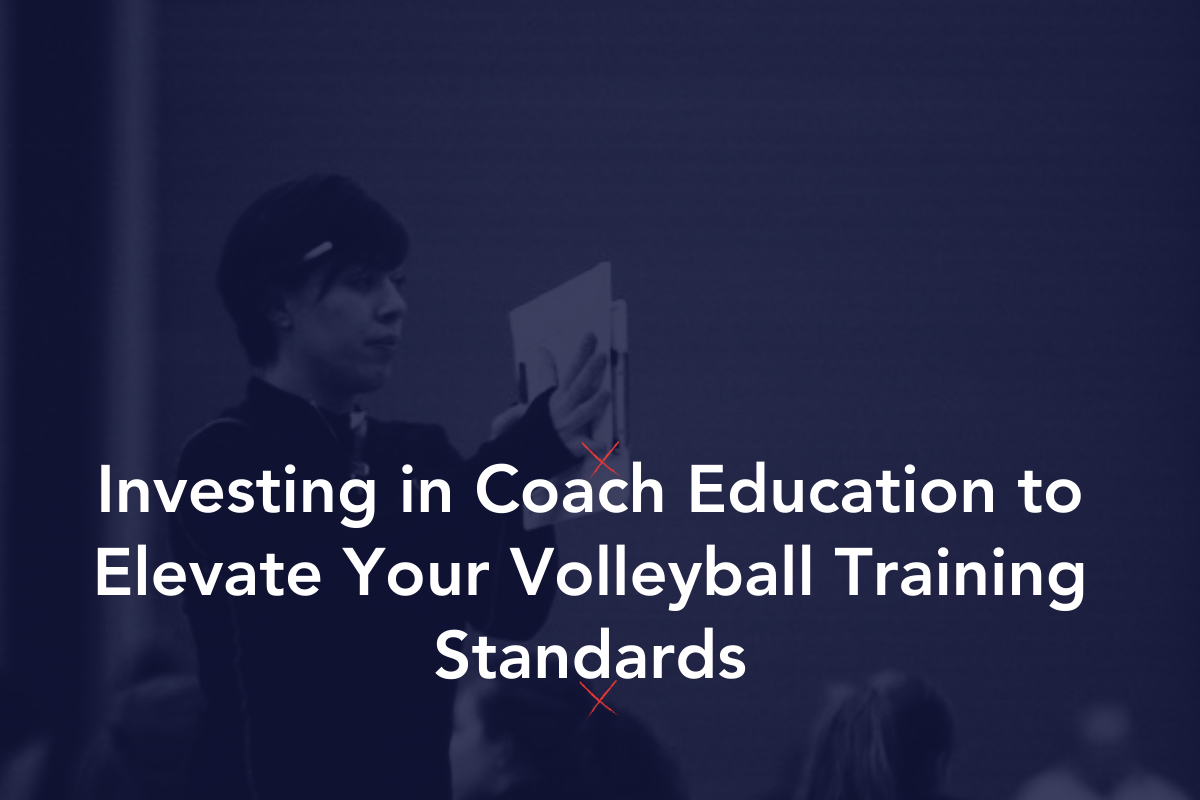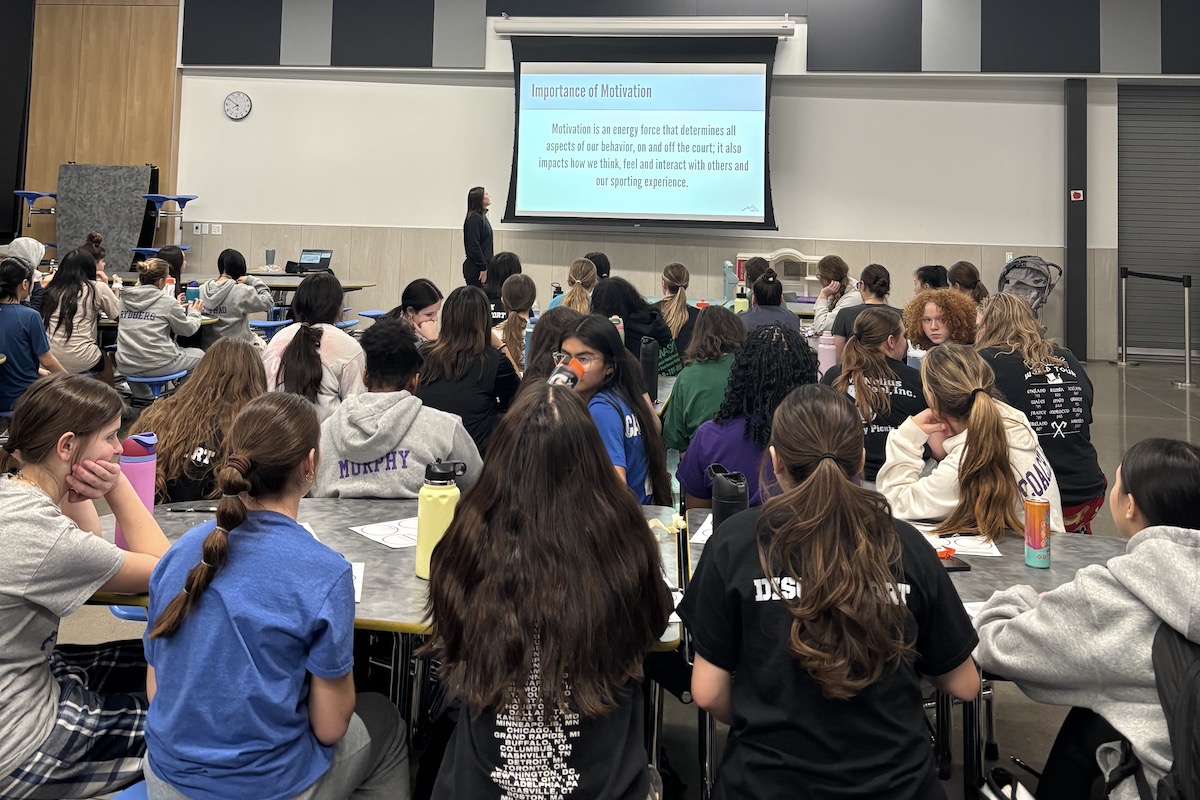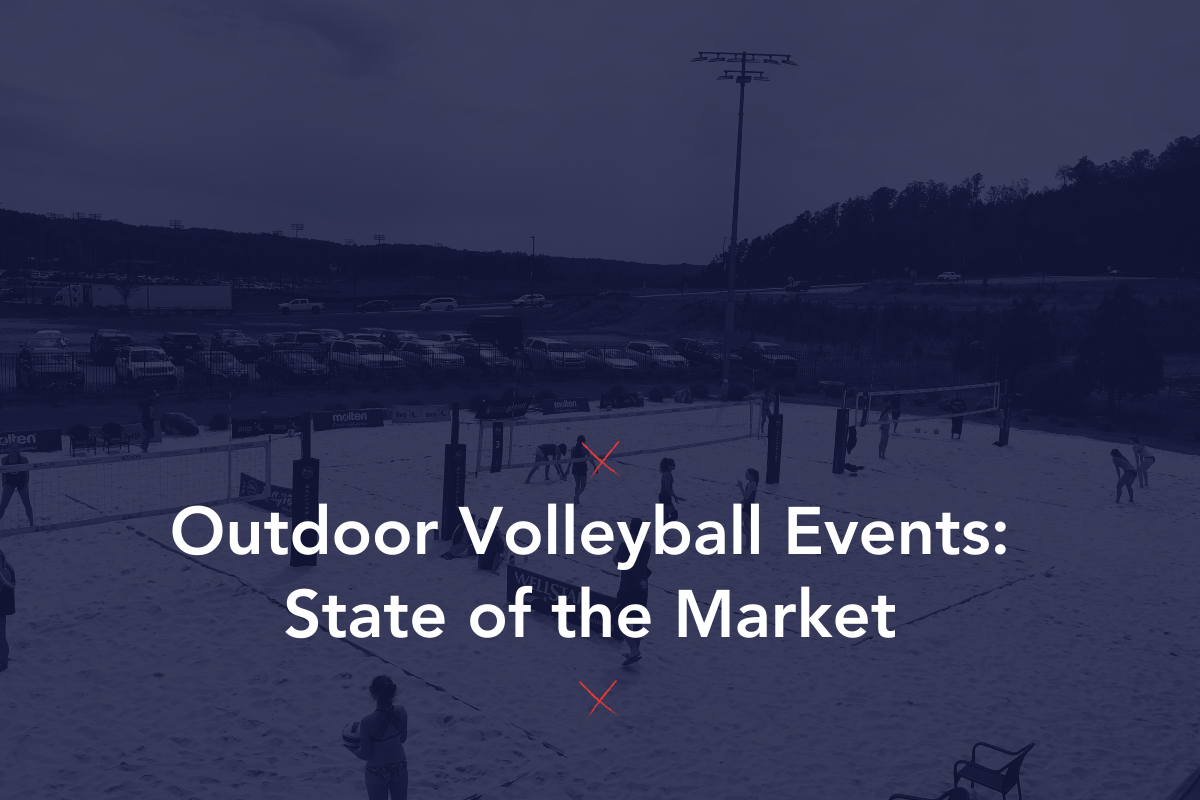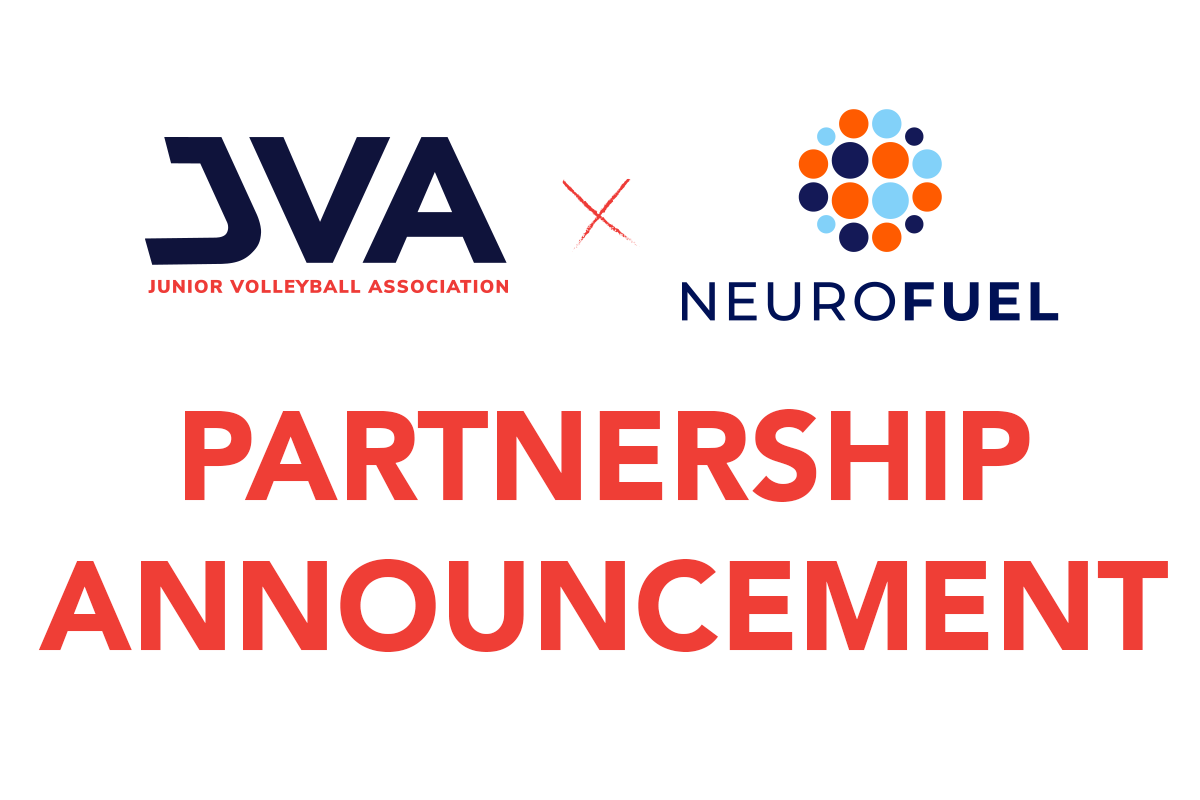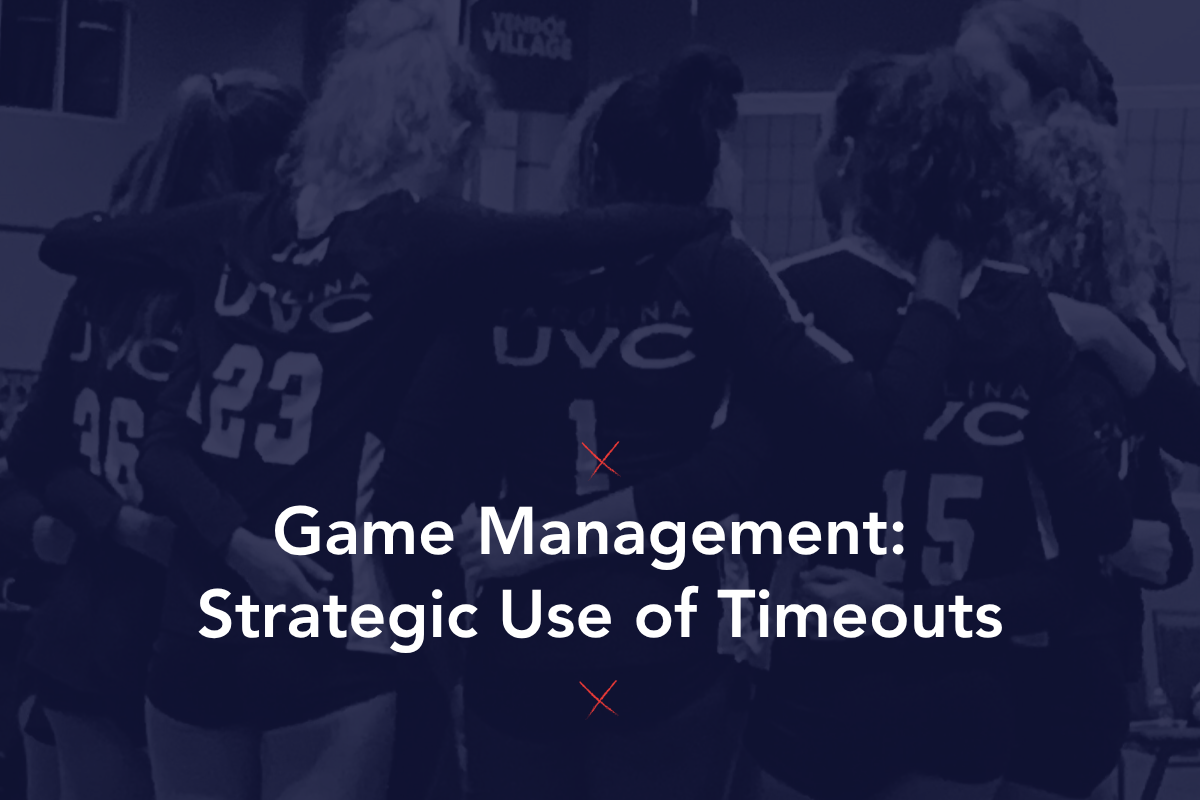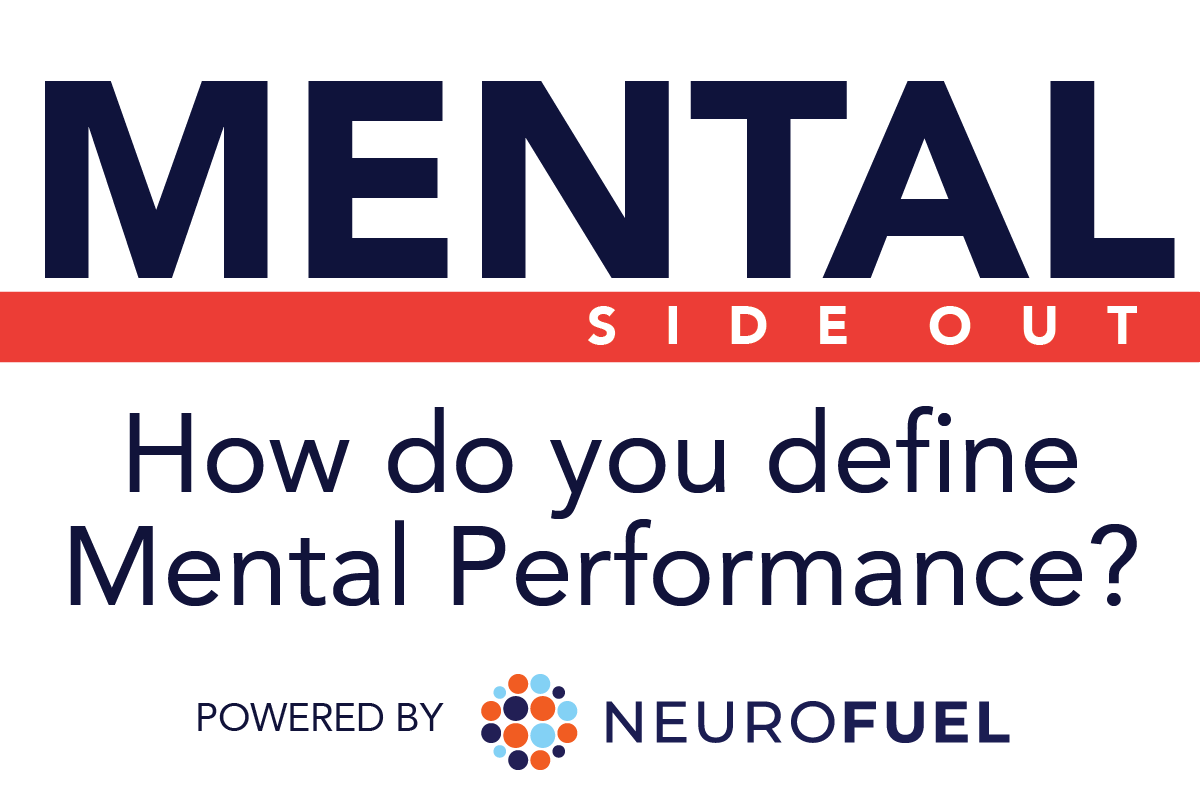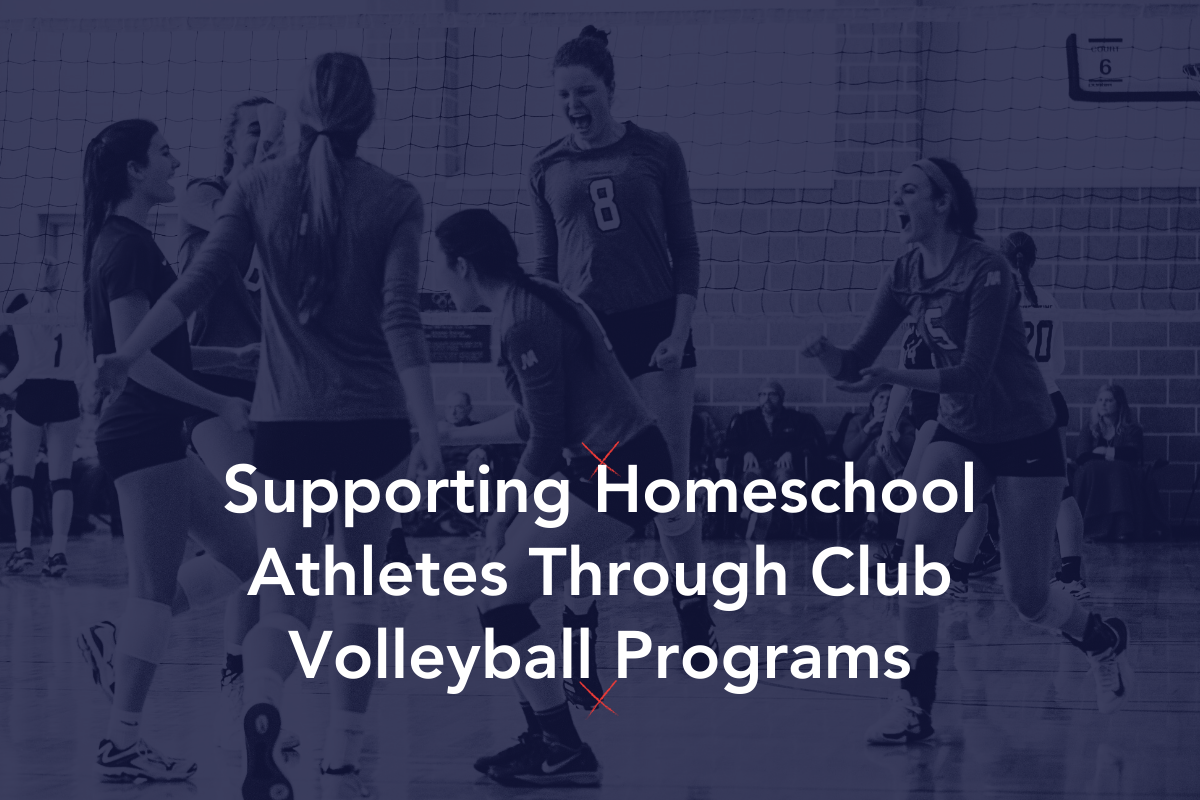Hybrid models, competitive prep, and programming that builds your brand and your athletes
As the sun comes out and indoor seasons wind down, the beach game begins to heat up — and summer becomes prime time to grow your club’s reach, revenue, and athlete development through well-designed beach volleyball camps. With beach volleyball gaining popularity through NCAA programs, pro tours, and social media exposure, there’s never been a better time to level up your summer offerings. Whether you’re a fully established beach club or an indoor club expanding into the sand, running thoughtful, athlete-centered camps can make a huge impact.
Here are 7 keys to get it right:
1. Timing, Audience, and Duration: Who, When, and How Long?
When planning beach volleyball camps, one of the most important strategic decisions comes down to timing and audience. Not all athletes need (or want) the same thing, and your success often depends on matching the right offering with the right group — at the right time.
Start with timing.
Most beach camps run best between mid-June and early August, after school lets out but before tryouts and fall prep begin. In the Pacific Northwest and colder climates, aim for July-heavy programming. In hotter southern states, June mornings or even twilight sessions might be more effective. Align your schedule with major indoor club events (like AAU Nationals or USAV) so you avoid conflicts.
Target by age and experience.
Offer distinct tracks for:
- Beginner/Developmental athletes (ages 10–14): Focus on foundational skills, fun, movement in the sand, and exposure to the beach game.
- Intermediate/Club-level players (ages 13–16): Introduce tactical systems, shot selection, and partner-based training.
- Advanced/College-bound athletes (ages 15–18): Sharpen technical and mental skills, simulate match play, and integrate recruiting education.
Plan for the right duration.
Shorter isn’t always less effective — what matters is intention.
- Half-day clinics (2–3 hours) are perfect for skills-based or specialty sessions.
- Full-day camps (5–6 hours) allow time for warmups, skills, gameplay, recovery, and off-court learning.
- Multi-day camps (2–4 days) create a deeper development arc — great for higher-level athletes or themed intensives.
Also consider running pop-up mini camps (e.g., 1-day “Defense Lab” or “Serve & Strategy”) or weekly recurring camp series to accommodate families with varied schedules. The more intentional you are about who your camp is for — and how the structure supports them — the more satisfied both athletes and parents will be.
2. Build Camps With Purpose
The first step is deciding what type of experience you want to deliver. Will you offer 2- or 3-day technique intensives focused on individual skill development? Half-day clinics centered on serving, transition play, or sand-specific movement? Or maybe a weeklong hybrid camp that offers a little bit of everything?
Whatever you choose, be clear on the outcomes you want for athletes. Summer is a great time to reinforce technical fundamentals, introduce new players to the beach game, and help more experienced athletes prepare for competitive seasons or college recruiting.
Keep in mind that high-quality instruction matters more than quantity. A focused camp with 20–24 athletes and an excellent coach-to-athlete ratio will generate better results—and better word-of-mouth—than a large, crowded event where kids get lost in the shuffle.
3. Consider a Hybrid Camp Model
One of the most exciting trends we’re seeing for 2025 is the rise of hybrid camps—a creative format that blends indoor court training with outdoor sand sessions. With some Collegiate programs now having more flexibility regarding their dual sport athletes, this is the perfect time to get it going!
This model offers the best of both worlds. Mornings might be spent inside, getting high-rep technical work in a controlled environment: passing mechanics, setting reps, controlled serve-and-receive drills. Then in the afternoon, athletes move to the sand to apply those skills in the elements: adjusting footwork, adapting technique, reading the game, and competing in live play.
Hybrid models are especially useful in regions where sand courts get hot by midday. You can flip the schedule—start with sand in the cooler morning hours, then shift inside during the heat of the day. This not only keeps athletes safe and fresh, but also introduces or reinforces how transferable beach skills are to the indoor game and vice versa.
It’s also a great marketing tool: parents see more value in a camp that offers variety, skill integration, and smart use of facility resources. And for athletes, it keeps things fresh and fun while building a deeper understanding of both disciplines.
4. Staff Smart and Keep It Intentional
Your coaching staff is the heart of your camp. Bringing in experienced beach coaches — even just for one-day clinics or guest sessions — can elevate the entire event. Don’t overlook the value of college athletes home for the summer or older juniors who can serve as assistants or lead younger groups.
If you’re running hybrid camps, be intentional with how you assign staff: have one coach lead technical indoor drills while another takes charge on the sand for movement and gameplay. Consider adding in a fitness coach or mobility specialist to lead warm-ups and cool-downs — this supports athlete wellness and reduces injury risk.
5. Pricing, Enrollment, and Budget
Beach volleyball camps can be very profitable — but only if you plan your pricing and capacity carefully. Hybrid camps that use both indoor and outdoor spaces naturally have higher value, so don’t be afraid to charge accordingly. That said, you can still offer accessible half-day clinics or bundle pricing for families who register multiple siblings or friends.
Limit group sizes to ensure quality. A good rule of thumb: 12–16 athletes per two sand courts or 1–2 indoor courts, especially if you want each camper to get meaningful reps and coaching feedback.
As you build your camp budget, factor in staffing, court rentals or maintenance (especially for sand upkeep), insurance, and marketing. If you’re hosting outdoors, investing in shade structures and hydration stations is worth every penny.
6. Make It More Than Just Drills
Athletes remember camps that are fun, challenging, and help them feel progress. Include competition days or end-of-week mini-tournaments to give campers a chance to showcase what they’ve learned. Track skill development with simple progress sheets or performance metrics — something that helps each athlete leave knowing they improved.
You can also layer in off-court development: a short talk on nutrition and hydration for hot weather, a journaling session around goal setting, or even a Q&A with a local collegiate beach athlete or pro. These little extras go a long way in creating a memorable and impactful camp experience.
7. Marketing That Matches the Experience
Show off the vibe of your camp through short video clips, testimonials, and social media snippets. Highlight your coaches. Share fun moments from previous years. If you’re running hybrid camps, promote the added value of getting both indoor reps and beach gameplay. Early-bird discounts, group deals, and referral codes are all useful tools to fill your roster early.
Most importantly: be authentic. Parents and athletes want to know what the experience will feel like — so share your passion, your mission, and your coaches’ unique strengths.
Sample Hybrid Camp Schedule
Monday–Thursday (flip indoor to afternoon if you’re in a hotter climate)
- Morning (Indoors): Technical reps — passing, setting, serving, reading
- Afternoon (Beach): Movement mechanics, gameplay, and live team drills
Friday
- AM: Indoor challenges or fitness circuit
- PM: Beach tournament, awards, and closing reflections
Summer beach volleyball camps can be one of the most rewarding things your club offers — for athletes, coaches, and your brand. Whether you’re operating fully in the sand or mixing indoor with outdoor, what matters most is creating an environment where athletes feel supported, challenged, and excited to keep coming back.
View more beach volleyball club management education.
About the Author
TJ Staples brings over 20 years of extensive experience as a player in both beach and indoor volleyball, coupled with 16 years of coaching expertise. As a Coach and Director, TJ has helped over 55 athletes secure Division 1 Beach Volleyball scholarships to some of the nation’s most prestigious universities, including UCLA, USC, TCU, Arizona, Texas, Stanford, and more. During his time as a Coach and Club Director he has led teams to over 20 Open Level National Championships across AVP, BVCA, P1440, and USAV. TJ’s club was named the Best Beach Club in the Nation for three consecutive years (2021, 2022, and 2023) and in 2023, his program made history as the first Club to earn medals in every age group at a single BVCA National Event.



